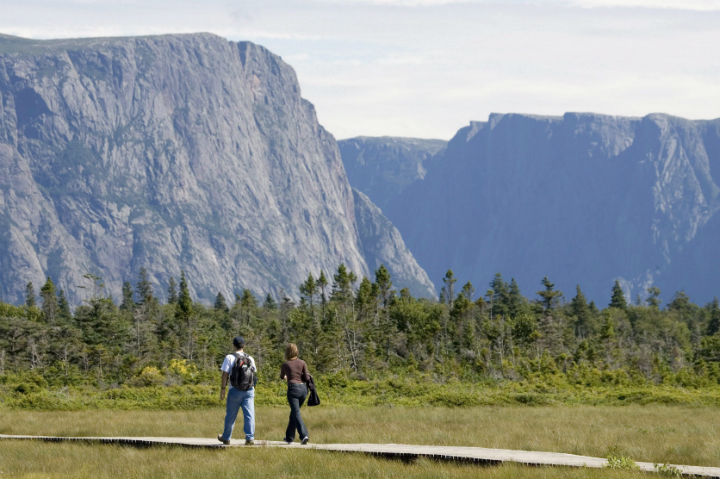Waterloo, Gettysburg, Hastings. Places remembered for decisive battles that were fought there. Places on maps that often little known except for the moment when they were captured by history as strategically important.

Will there be such a place in the annals of history over the battles and skirmishes with fracking? Does there need to be such a place?
On the first question there is a potential place. It may be too early in the fracking war but there are elements that could make it very important. The name is Gros Morne.
The Gros Morne National Park is located on the west side of Newfoundland about 50 kilometres north of Corner Brook. In 1987, it was designated a UNESCO World Heritage Site for its unique combination of geology which contributes to a deeper understanding of global plate tectonics.
Earlier this year, an energy company named Shoal Point Energy proposed drilling and fracking three test wells near the Gros Morne National Park.
Yes indeed, Gros Morne might be a name to remember in the fracking war. For environmentalists, concerned citizens, regulators and the industry, all the elements for a strategic environmental battle are there. Yes, environmental battles can have their places too, remember Clayoquot Sound?
So why Gros Morne? First, for those who support fracking this is a key opportunity to demonstrate to a world audience if fracking is safe. Second, this is an opportunity to demonstrate the thoroughness of what regulators should be demanding in an environmental assessment. And third, and this is the real opportunity that goes above and beyond the UNESCO request, Newfoundland could consider a third-party evaluation of its regulatory regime to go along with the assessment. What does a world-class energy regulator look like, that others might follow, or environmental community use as a standard?
The lessons of Enbridge’s spill into the Kalamazoo River, the excessive flaring of solution gases in North Dakota, and Alberta’s oil sands tailings ponds prior to Directive 74 are lessons of the failures of the regulator and regulatory regime. And what is the state of regulatory requirements concerning fracking in developing countries? The stories of failures are multiplied. Time to set a world-class example that UNESCO and others might give the nod to. Yes, there is a wider context to UNESCO’s request. In May of this year, UNESCO documented the threats from extractive industries to World Heritage sites. The list is extensive. And in examining the list one is struck by how many are from the oil and gas sector of extractive industries with a focus on developing countries on continents like Africa.
Fracking is a global issue. Undoubtedly there will be many more battles in locations around the world on this topic and maybe Gros Morne will be one of the names remembered.




Comments